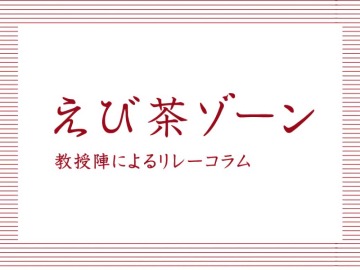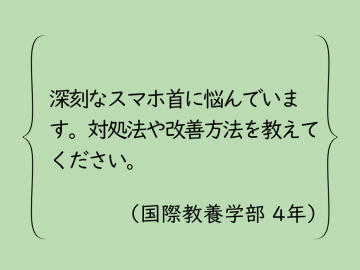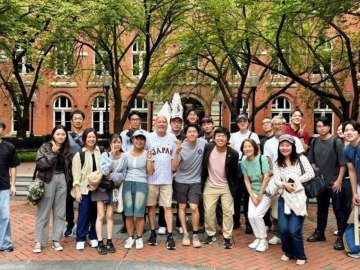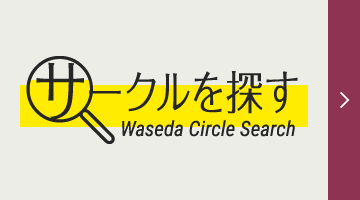
Currently, the number of foreigners living in Japan has exceeded 3.4 million, the highest ever. You are likely to study, work, or otherwise be in close contact with many foreigners. These foreigners come from 195 countries and regions, and many of them do not have English as their first language. In fact, about 80% of foreigners living in Japan say that they have no problem using Japanese for everyday conversation. In Japan, "Japanese" is the common language when communicating with foreigners.
However, for those who were not born and raised in Japan, Japanese is still more difficult than their native language. Therefore, as one of the multicultural coexistence measures, the government and local governments are currently actively promoting the use of "easy Japanese." "Easy Japanese" is Japanese that is commonly used and written in a simple way so that foreigners can easily understand it. Some people may remember that during the Noto Peninsula earthquake on January 1, 2024, a screen was broadcast on television in which furigana was added to kanji such as "津波(Tsunami)! 避難(Evacuate)!" and "Tsunami! Run away!", and simple words were written in hiragana.
Currently, Japan is implementing a policy to promote the acceptance of foreigners. One of the reasons behind this is the labor shortage caused by the declining birthrate and aging population. In addition, the number of children and students with foreign roots who need Japanese language instruction in elementary, middle, and high schools is increasing. Communication is indispensable in our social lives. How we use "language" to get to know each other and live together is a question we will be asked in the future.
(N. Y.)
No. 1170






![[Save version] Map of the four main campuses](https://www.waseda.jp/inst/weekly/assets/uploads/2025/09/17cb2975123fc5103172ef60bd98608d-610x458.jpg)

